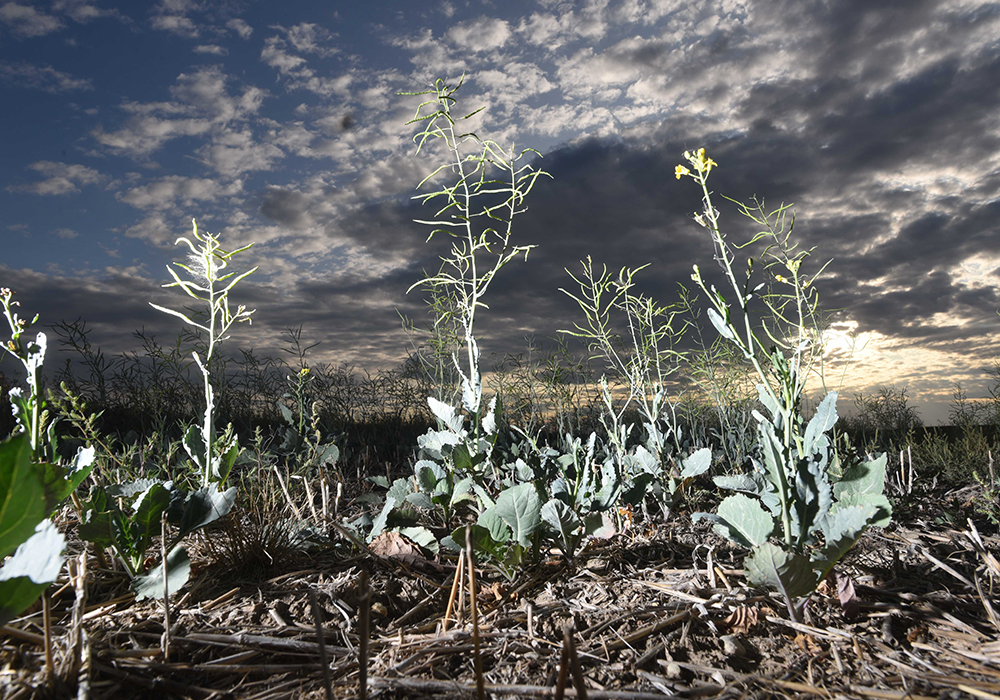It’s time to rethink AgriInvest. Yes, you read that right. I’m talking about AgriInvest, the popular program of providing farmers with free money each year based on their net eligible sales. While it may be popular, there should be a better way to channel and leverage that support.
Across the country, according to recent statistics, $2.5 billion is held by producers in their AgriInvest accounts. In Saskatchewan, $964 million is held in 30,000 accounts. These numbers include both the government and producer contributions held in separate accounts.
Some producers empty their accounts regularly with the money used for operating expenses. Government money from Fund 2 comes out first and is taxable. Fund 1 money is the matching producer contribution and of course, it’s tax-paid money.
Read Also

Farmer ownership cannot be seen as a guarantee for success
It’s a powerful movement when people band together to form co-ops and credit unions, but member ownership is no guarantee of success.
Some producers let the funds grow for when it’s really needed and this is how the program is intended — to cover minor drops in farm income. Other producers let the funds accumulate for years with a plan to use the money for a down payment on a potential land purchase or for retirement. There are, no doubt, some very large account balances.
Governments contribute one percent of net eligible sales up to $1 million, which works out to as much as $10,000 a year with no strings attached on how the money is used. It’s paid in good years and bad to highly profitable farms as well as those struggling.
It’s simple and popular, but how much business risk does it actually mitigate?
What if the contribution remained the same, but no matching contribution was required? And what if the money could only be spent on paying premiums for other business risk management programs, either public or private?
Producers could use the money to pay their share of AgriInsurance (crop insurance) premiums. For cattle producers, that might encourage more use of forage insurance.
The AgriInvest contribution could also be used by cattle producers to pay for Livestock Price Insurance, which receives no government cost sharing.
AgriStability premiums are not very large, but some of the money could be used to cover that. And private insurance programs would also be eligible, whether that be hail insurance, Global Ag Risk or Just Solutions.
Producers not using all their AgriInvest money in a given year could carry it over to subsequent years, but it could only be used to pay for approved safety net programs.
AgriInvest money is currently taxable when the government portion is removed. Under this revamped program, the money could be tax exempt. Governments pay half or more of crop insurance premiums and that isn’t taxable.
A change of this nature wouldn’t affect existing AgriInvest accounts and how they are used. New accounts for AgriInvest premium payments could be established going forward.
Free money paid to farmers to use however they want is hardly defensible to the general pubic. Support to farmers to help pay premiums for existing farm safety nets should be a much more palatable approach.
This isn’t like rolling out some big new program, explaining it to farmers and then trying to work all the kinks out. This would be relatively easy to accomplish and easy for participants to grasp.
As provincial and federal governments work on the next policy framework for agriculture to start in 2023, very few new ideas are floating around on how to adjust business risk management programs. This proposed change to AgriInvest is one I would respectfully submit for consideration.
Kevin Hursh is an agricultural journalist, consultant and farmer. He can be reached by e-mail at kevin@hursh.ca.
















